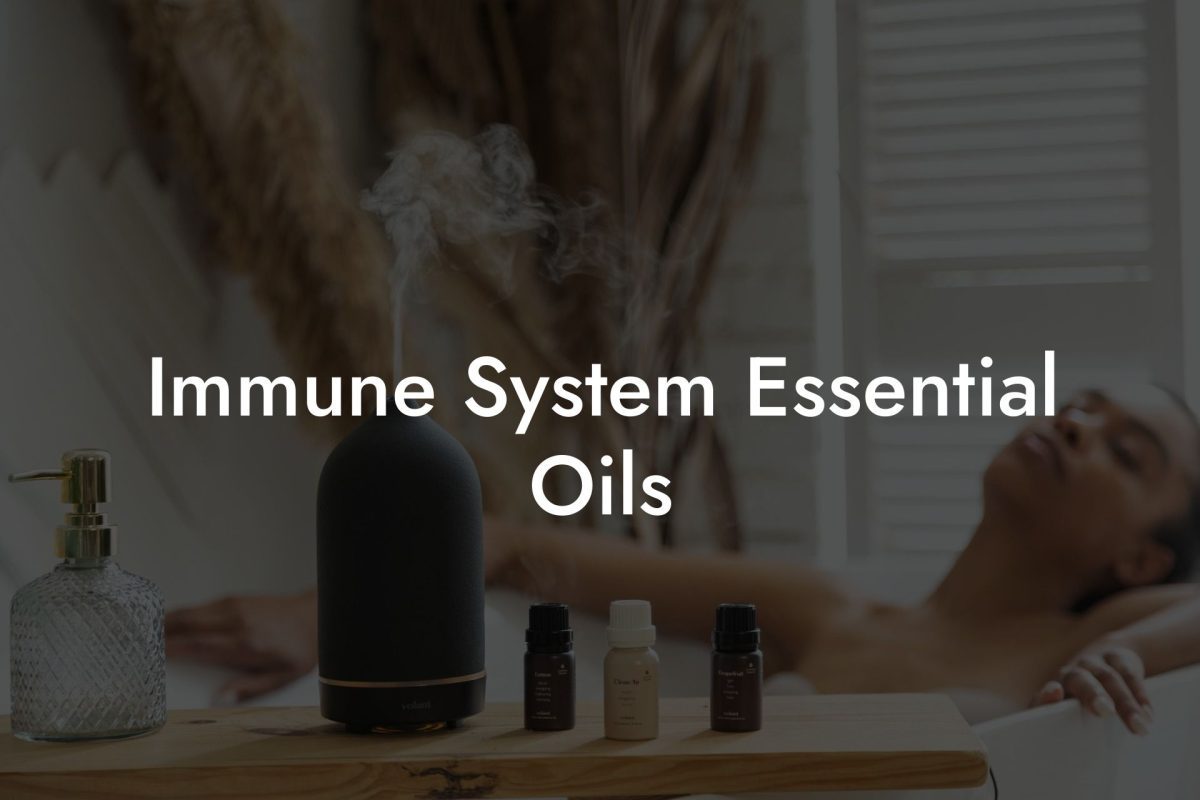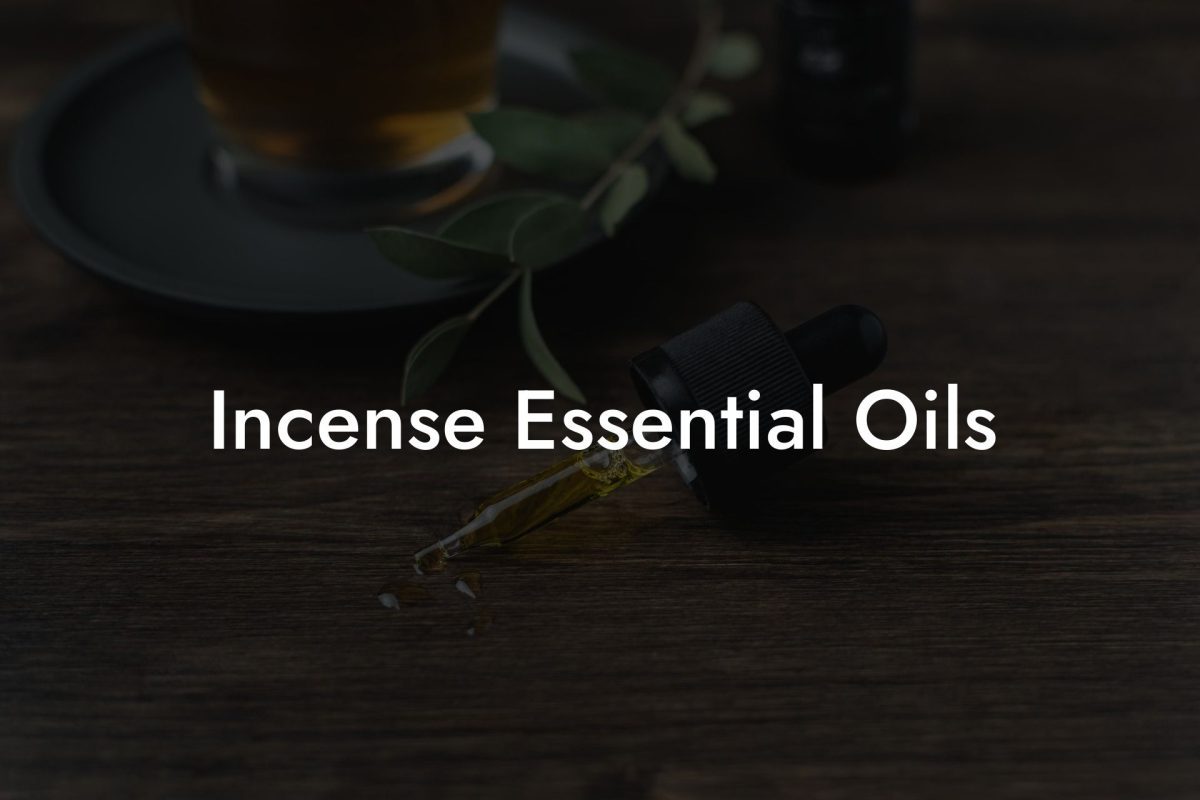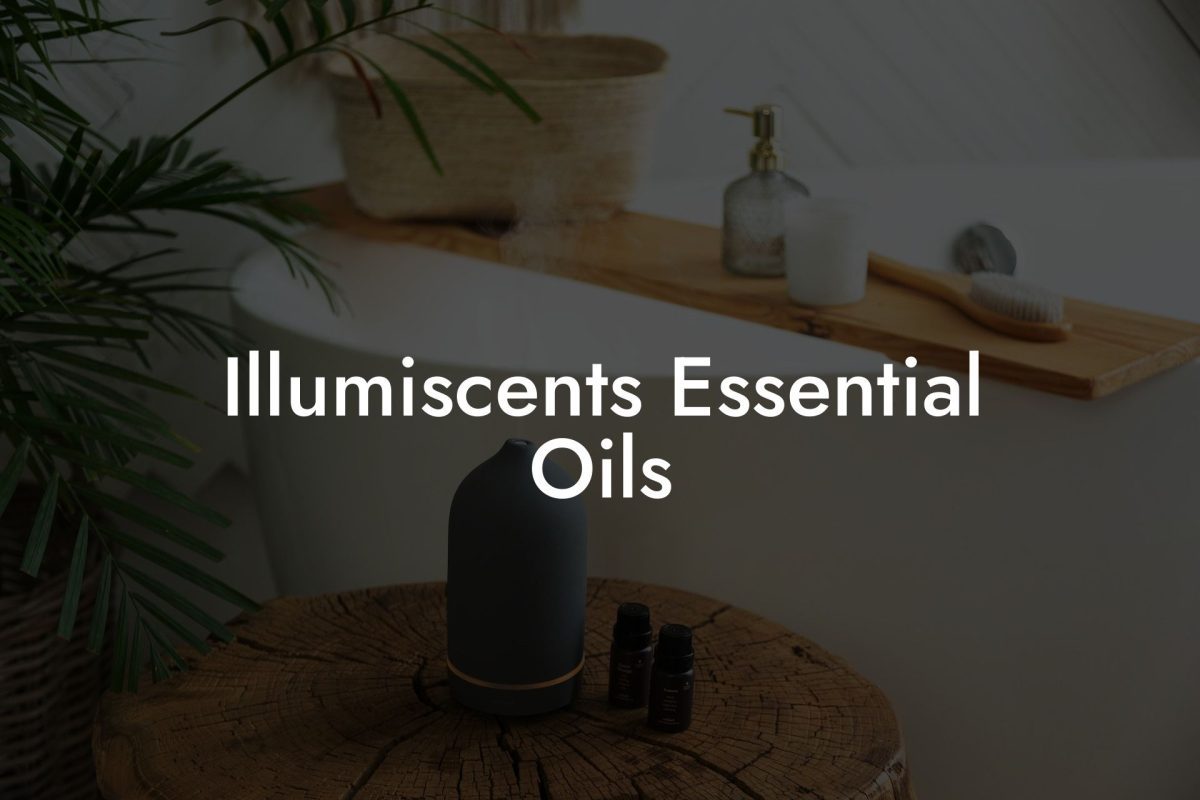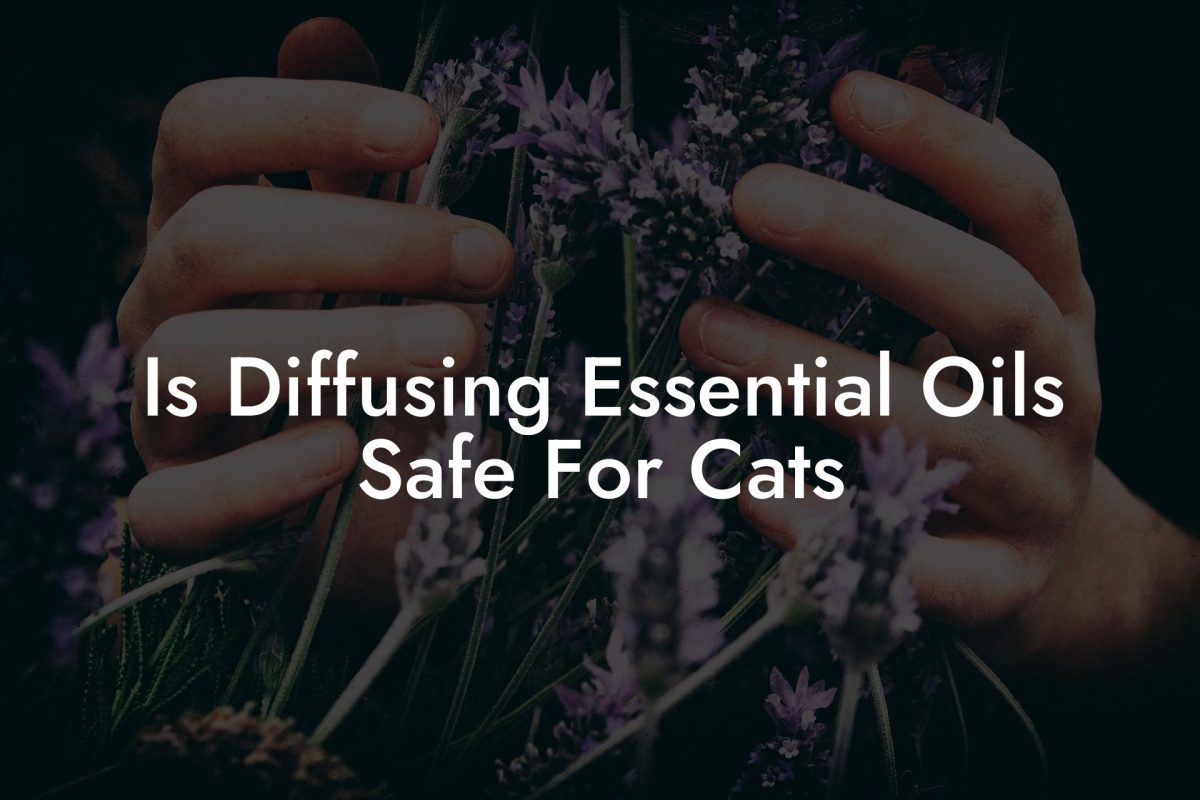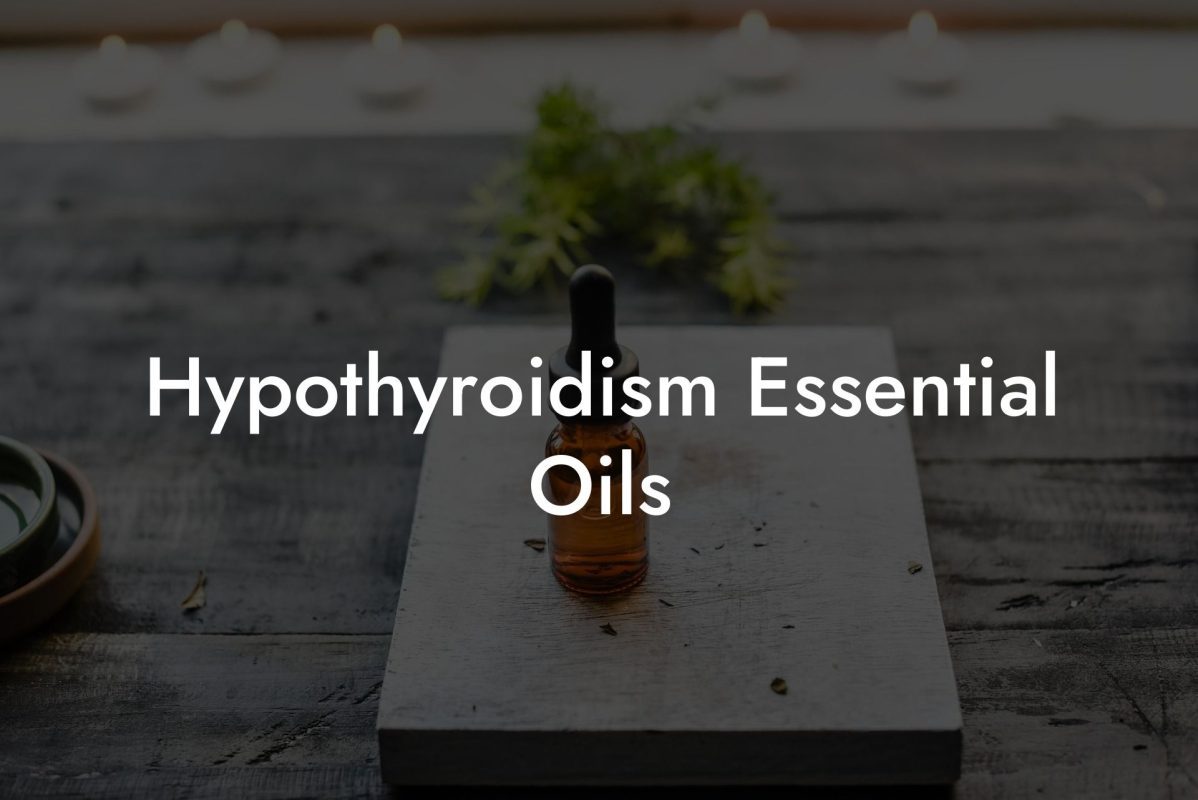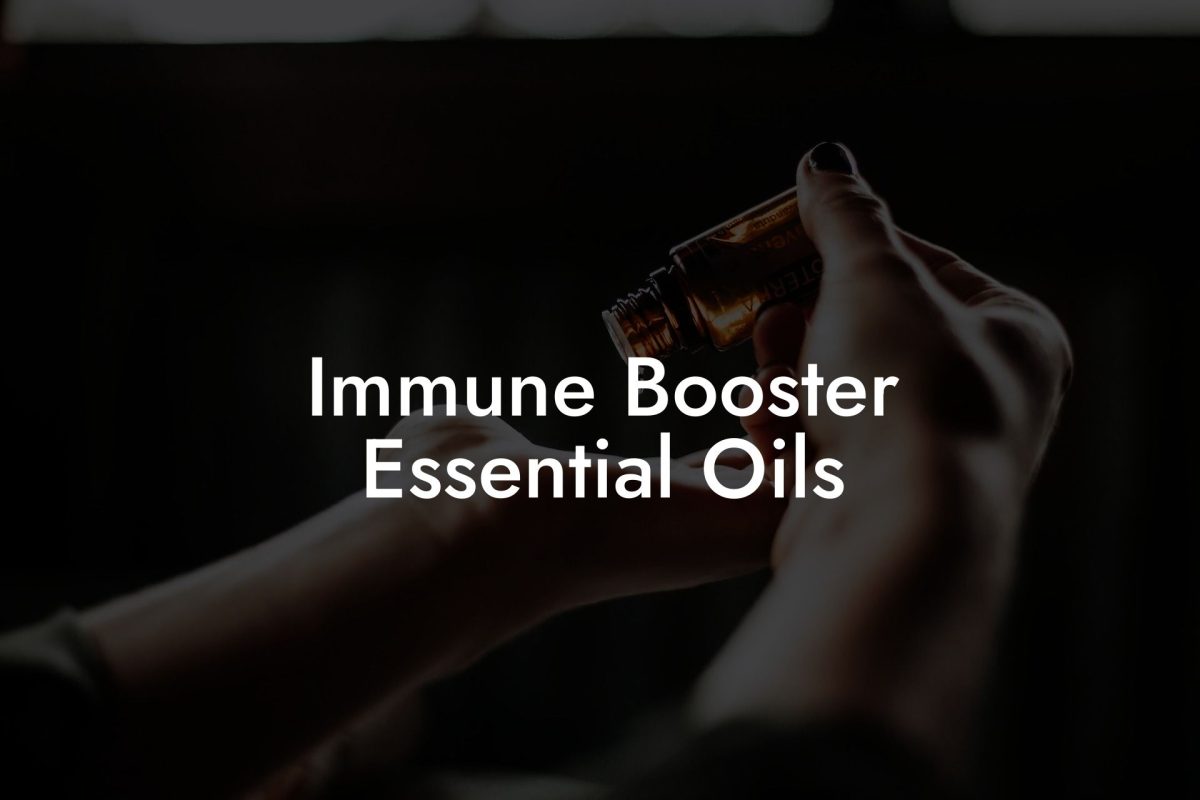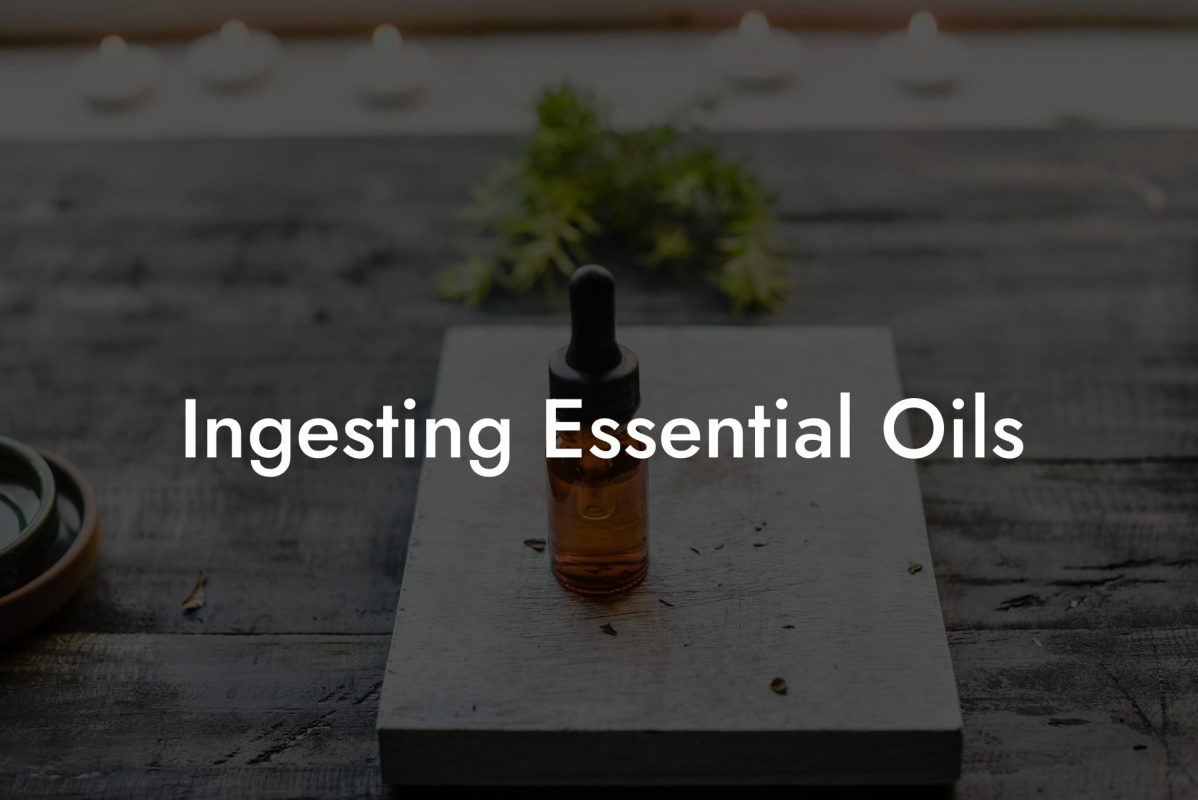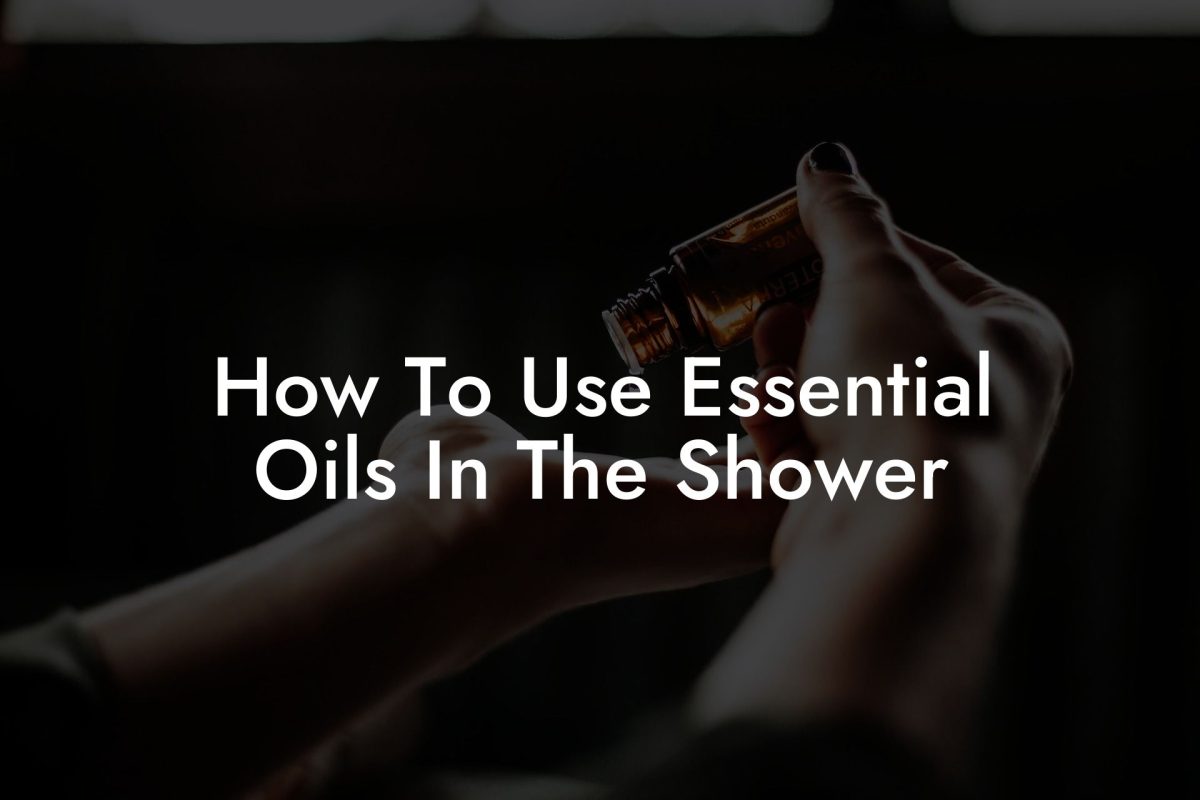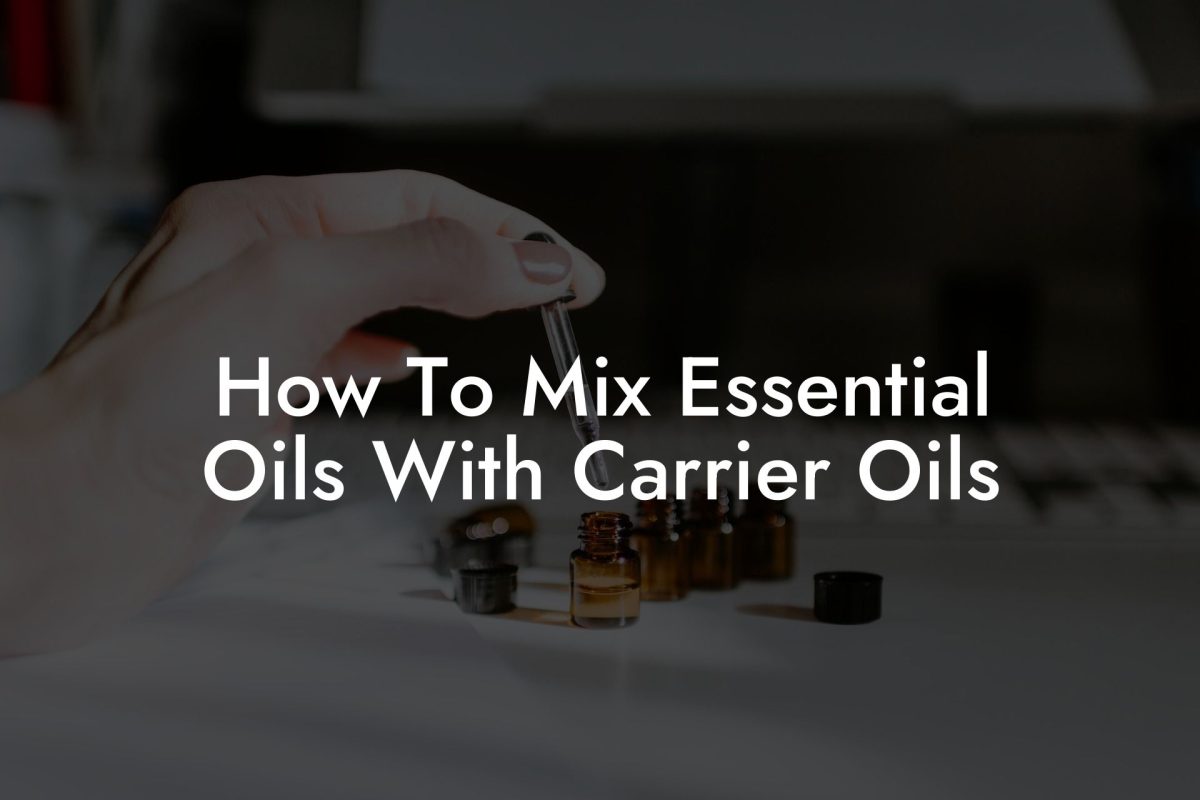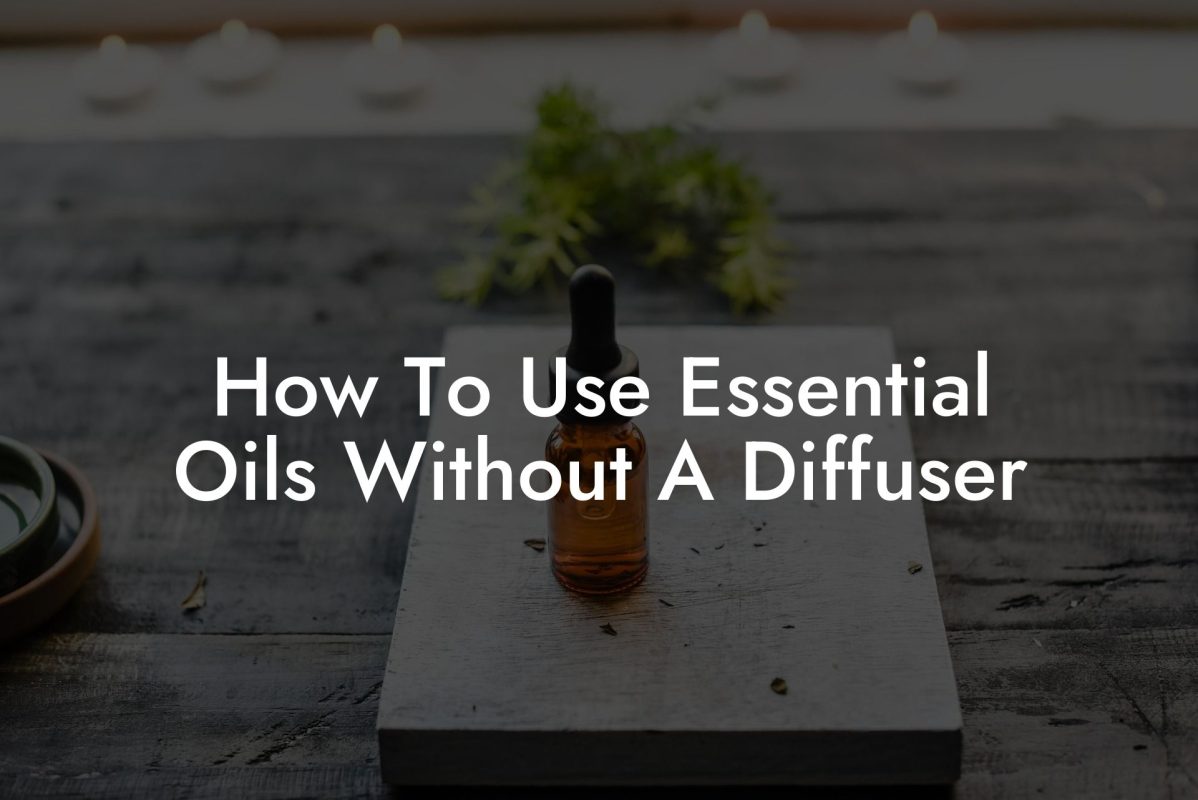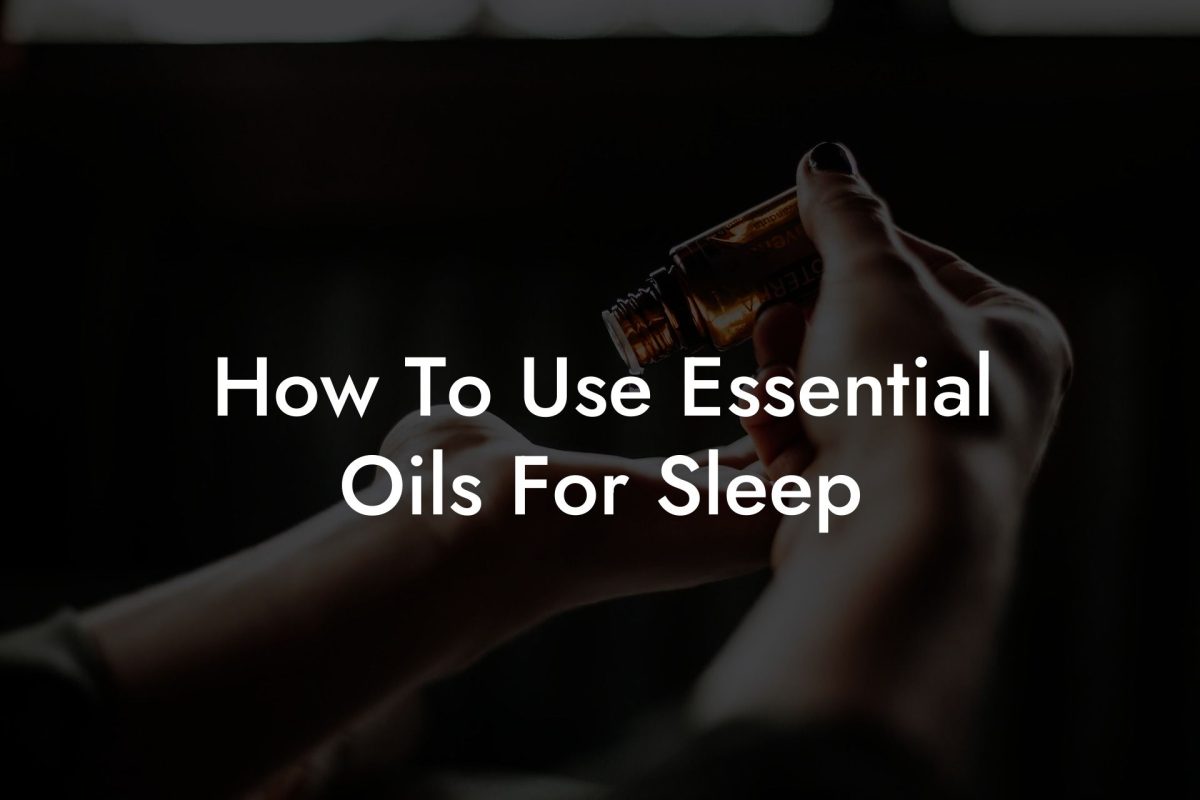Herb essential oils have been a part of human culture for centuries, offering not only fragrance but also medicinal and therapeutic values. With the current interest in wellness and self-care, these oils are gaining popularity once again. In this article, we’ll explore the incredible world of herb essential oils, uncovering their history, benefits, and helpful applications. Let’s embark on this fascinating journey together.
Table of Contents
An Introduction to Herb Essential Oils
Herb essential oils are concentrated liquids derived from plants, mainly focusing on herbs. They are obtained through steam distillation, a process which maintains their purity and preserves their beneficial properties. Some commonly used herb essential oils include lavender, peppermint, eucalyptus, rosemary, and tea tree oil.
Historical Background
Herb essential oils have a long history and are believed to have been used as early as 4500 BC by ancient Egyptians. Their use spread across the world, including ancient Greece, Rome, and Asian cultures. They eventually took roots in European apothecaries and Indian Ayurvedic medicine, becoming prominent for their holistic health benefits.
Benefits and Properties of Herb Essential Oils
Herb essential oils are known for their versatile health properties, which stem from various active compounds found in herbs. Some well-known benefits include:
- Antibacterial and antiviral: Herb essential oils such as tea tree and eucalyptus oil have powerful antibacterial and antiviral properties, ideal for keeping infections at bay.
- Relief from respiratory issues: Eucalyptus, rosemary, and peppermint oil are often used to treat respiratory problems like nasal congestion and asthma.
- Stress and anxiety relief: Lavender and chamomile oils are popular for promoting relaxation, reducing stress, and easing anxiety.
- Improve sleep quality: Essential oils like lavender are known for their ability to calm and provide sound sleep.
- Pain and inflammation management: Rosemary, eucalyptus, and peppermint oil are excellent for treating pain and inflammation caused by muscle aches, headaches, and arthritis.
How to Use Herb Essential Oils
Herb essential oils can be used in various ways, depending on what you’d like to achieve. Some popular methods include:
- Aromatherapy: Inhaling essential oils through a diffuser or inhaler can help manage stress, anxiety, and respiratory issues.
- Topical Application: Diluting herb essential oils with a carrier oil and applying to the skin can provide pain relief and treat infections. Remember to always perform a patch test before using essential oils on your skin.
- Bathing: Adding a few drops of essential oils to your bath water can enhance relaxation and boost your mental wellbeing.
- Massage: Mixing essential oils with a carrier oil like almond, coconut, or jojoba oil makes for a soothing and therapeutic massage.
Herb Essential Oils Example:
Imagine you have had a long and stressful day at work, and all you want is to come home and relax. A great way to unwind would be to prepare a warm bath with a few drops of lavender essential oil mixed in. The soothing aroma filling your bathroom would help calm your senses and reduce stress. Following your bath, you could use a diffuser to disperse a blend of chamomile and lavender essential oils in your bedroom – this combination will promote a restful and high-quality sleep, leaving you refreshed and rejuvenated for the next day.
In this article, we have explored the inspiring world of herb essential oils and their rich history, benefits, and applications. Now that you have a deeper understanding of these potent plant extracts, we invite you to explore other informative guides on Oshu Oils’ website, and check out our Artisan Essential Earth Oils for an amazing aromacology experience. And don’t forget, sharing is caring – if this article resonated with you or provided valuable information, we encourage you to share it with friends, family, and fellow essential oil enthusiasts!


